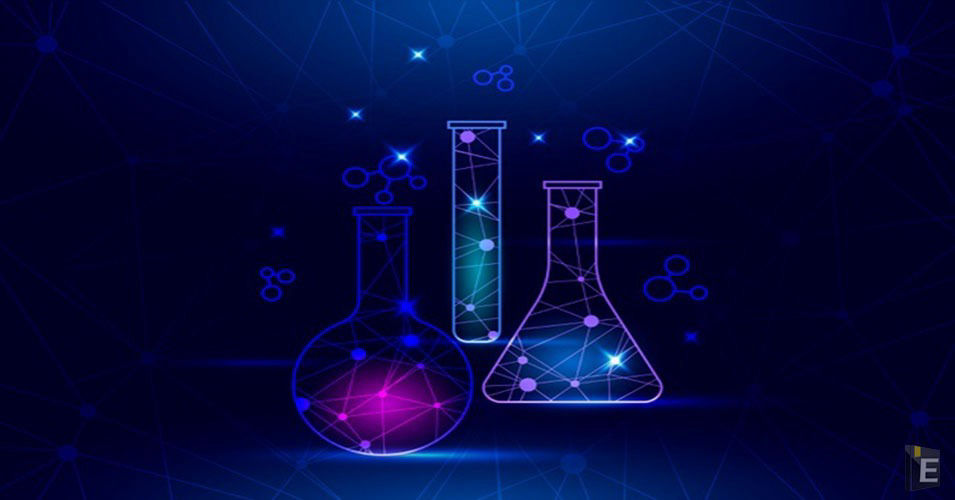Top 50 Science GK Questions and Answers

The word stoichiometry is made up of two words of which language?
(A) Greek
(B) English
(C) French
(D) Latin
Correct Answer : A
Explanation :
The quantitative relationship between reactants and products is called stoichiometry. The term stoichiometry is derived from two Greek words: stoichion (meaning "element") and metron (meaning "measurement").
From which language does the word atom originate?
(A) English
(B) Hindi
(C) Greek
(D) Latin
Correct Answer : C
Explanation :
The Greeks called these particles atoms, meaning indivisible, and the modern word "atom" is derived from this word. Democritus proposed that different types and combinations of these particles were responsible for different forms of matter.
Who first presented the atomic theory of matter on a scientific basis?
(A) Max Planck
(B) Moller
(C) Neel Bor
(D) John Dalton
Correct Answer : D
Explanation :
In 1793, John Dalton went to Manchester to teach mathematics, physics and chemistry in a college. There he spent most of his life in teaching and research. In 1808, he presented his atomic theory, which proved to be an important theory for the study of substances.
What is called Krashanika?
(A) Radiation
(B) Black Color
(C) Radiation emitted from the body
(D) Bodies which absorb and emit radiation of high frequency.
Correct Answer : D
Explanation :
An object which completely absorbs radiation of all wavelengths incident on its surface is called a black body. Black bodies absorb radiation in a particular and continuous spectrum and re-emit it when heated.
The flame will come out from unsaturated carbon compounds.
(A) Blue Flame
(B) Unclean
(C) Clean
(D) Yellow flame with black smoke
Correct Answer : D
Explanation :
Saturated hydrocarbons burn with a blue flame and unsaturated hydrocarbons burn with a yellow sooty flame.
In 1925, George Uhlenbank and Samuel Gautamist proposed the presence of a fourth quantum number, which is called?
(A) Electron-spin quantum number
(B) Azimuthal quantum number
(C) Magnetic-orbital quantum number
(D) None of these
Correct Answer : A
Explanation :
Many orbitals are possible in an atom. Qualitatively, these orbitals can be differentiated on the basis of their size, shape and orientation. Smaller orbitals mean that the probability of finding the electron closer to the nucleus is greater. Similarly, shape and orientation indicate that the probability of finding an electron is greater in one direction than in another. Atomic orbitals can be distinguished by quantum numbers. Each orbital is represented by three quantum numbers n, ℓ and m.
What is called nodal surface or node?
(A) maximum point
(B) wave function
(C) the probability density becomes zero.
(D) lowest point
Correct Answer : C
Explanation :
A nodal surface, also called a radial node, is a hollow spherical region that cannot contain electrons. A nodal plane is also called an angular node, which is either a plane where electrons cannot occur, or a conical surface (d z 2 orbital).
From which university did Werner Heisenberg obtain PhD degree in Physics?
(A) Munich University
(B) Paris University
(C) Berlin University
(D) Chicago University
Correct Answer : A
Explanation :
For this theory and its applications which particularly resulted in the discovery of allotropic forms of hydrogen, Heisenberg was awarded the Nobel Prize for Physics for 1932. His new theory was based only on what could be observed, that is, on the radiation emitted by the atom.
Werner Heisenberg was made the director of which institute after the Second World War?
(A) Paris University
(B) Berlin University
(C) Vienna University
(D) Max Planck Institute of Physics
Correct Answer : D
Explanation :
At the end of the war, Heisenberg was captured by the Allies and imprisoned in England for six months. He was released and returned to Germany where he re-founded the Kaiser Wilhelm Institute for Physics, but renamed it the Max Planck Institute in honor of his friend and colleague.
When was the first international conference on chemistry held?
(A) 1860
(B) 1856
(C) 1863
(D) 1850
Correct Answer : A
Explanation :
The Karlsruhe Congress was called so that European chemists could discuss matters of chemical nomenclature, notation, and atomic weights. The organization, invitation and sponsorship of the conference was handled by August Kekulé, Adolf Wurtz and Carl Weltzien.



